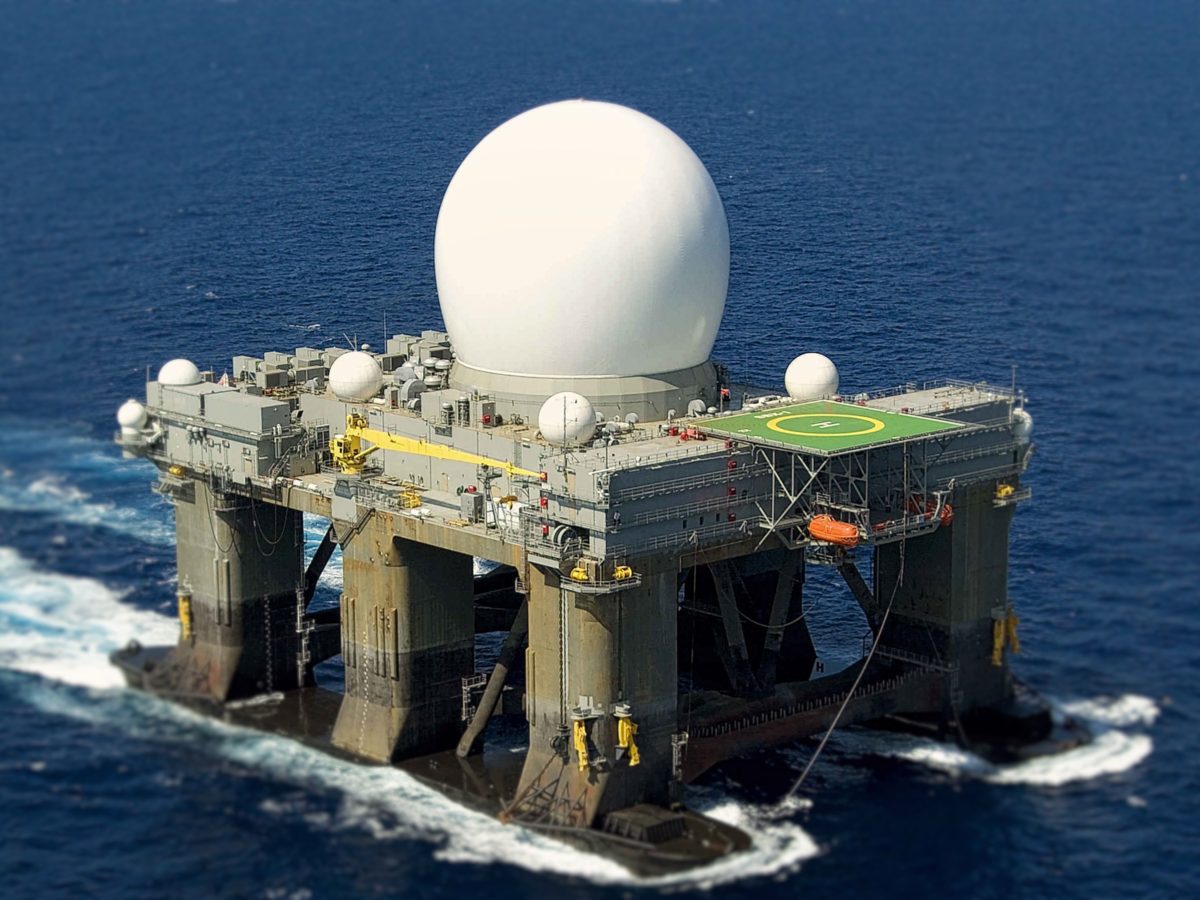UK To Remove Andrew From Role As Royal Navy Vice Admiral
LONDON, Nov 2 (Reuters) – Britain’s former prince Andrew is due to be stripped of his last remaining military position as part of King Charles’ decision to remove his brother from public...

US NAVY PACIFIC COMMAND: SEA BASED X-BAND RADAR (SBX-1) Platfom. Image via Us Navy
Today’s Ship Photo Of The Day (SPOTD) show’s the U.S. Navy’s Sea-Based X-Band Radar (SBX-1) underway in the Pacific.
Few are aware or familiar with this awesome ocean-going platform the US Navy Pacific Command has in its inventory. It is the largest X-Band Radar in the world, and it can travel anywhere on the oceans of the world at 8-9 knots and then remain on station indefinitely to track enemy missiles and aircraft.
The SBX-1 is a floating, self-propelled, mobile radar station designed to operate in high winds and heavy seas. It is part of the U.S. Defense Department Missile Defense Agency’s Ballistic Missile Defense System (BMD) and is mounted on a fifth generation CS-50 twin-hulled semi-submersible drilling rig. Conversion of the vessel was carried out at the AmFELS yard in Brownsville, Texas; the radar mount was built and mounted on the vessel at the Kiewit yard in Ingleside, Texas, near Corpus Christi.
The SBX-1 is home-ported in Adak Island in Alaska but has spent most of its life in the waters surrounding Hawaii. The vessel was built for a recorded cost of $900 million and is crewed by 86 Civilian and Military personnel.
The platform’s massive X-band radome has a max range of 2,500+ miles as well as many small radomes for various communications tasks. The small radomes are rigid, but the central dome is a non-rigid system where the cover is supported by positive air pressure. The amount of air pressure is variable depending on weather conditions.
Click HERE for the full history of the SBX-1.

Sign up for gCaptain’s newsletter and never miss an update

Subscribe to gCaptain Daily and stay informed with the latest global maritime and offshore news
Essential news coupled with the finest maritime content sourced from across the globe.
Sign Up